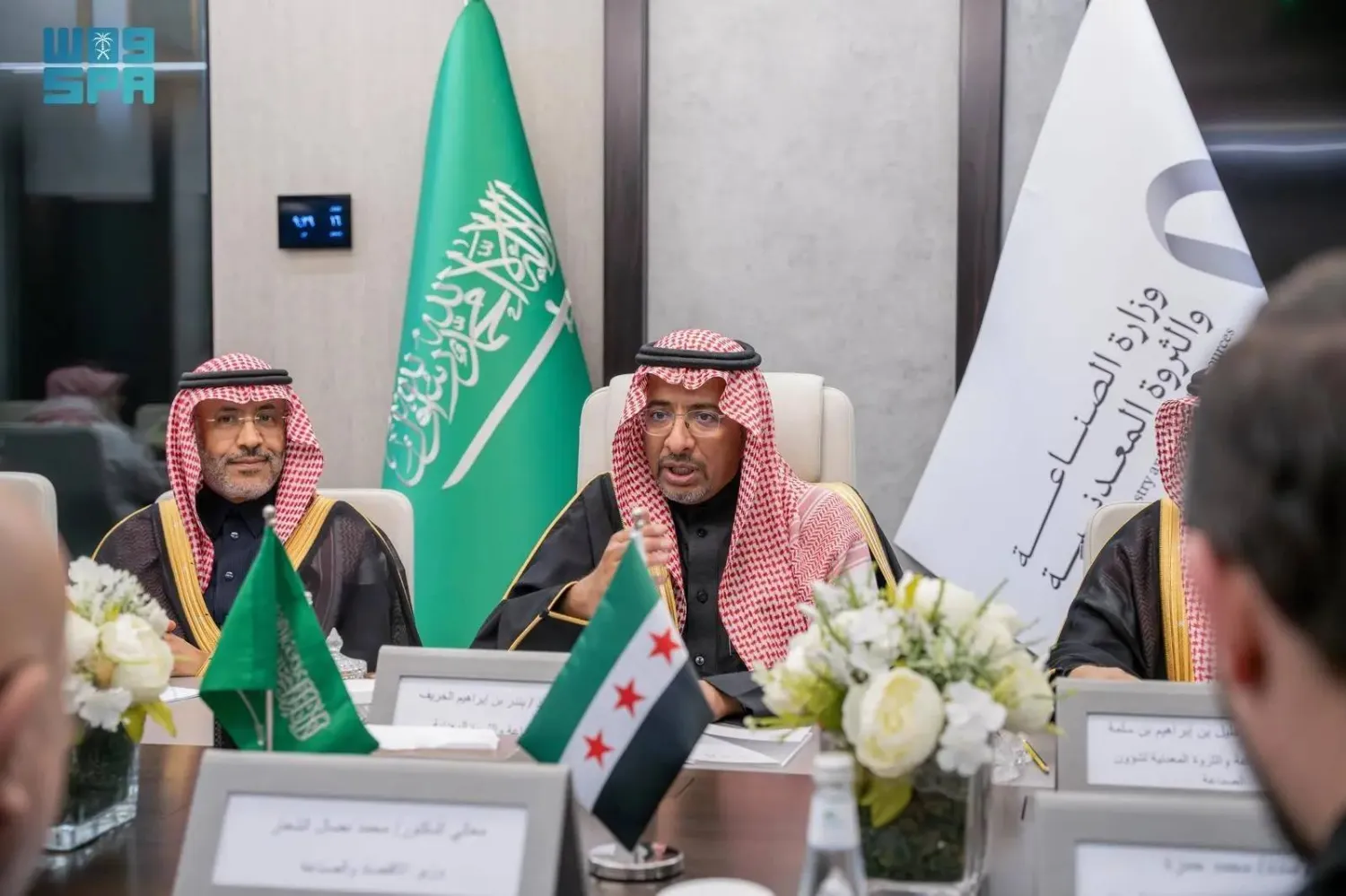Petrochemicals giant Saudi Basic Industries Corp (SABIC) revealed on Thursday that it swung to a whopping SAR 12.5 billion ($3.3 billion) quarterly profit after posting a SAR 3.2 billion ($880 million) loss due to the coronavirus pandemic during the same period last year.
Figures recorded in H1 2021 reflect a 482% hike in profits, almost fivefold last numbers.
While the coronavirus pandemic continues to affect global markets, SABIC has registered a solid financial performance over the last three months.
In the three months to the end of June, the net profit jumped 57% to a 10-year high of SR7.64 billion ($2.03 billion) as revenue rose 13% to SR42.42 billion, SABIC said in a filing to the Tadawul stock exchange.
The Middle East’s largest petrochemicals producer said that the reason for achieving profits during the current period is due to the increase in average selling prices of products and the achievement of a net gain in SABIC’s share of joint ventures and associate companies.
During H1 2020, provisions for impairment in the value of some capital and financial assets amounting to SAR 2.28 billion were recorded.
“SABIC’s financial performance in the second quarter was strong – continuing the margin improvement seen during the first quarter of 2021,” Yousef Abdullah Al-Benyan, vice chairman and CEO of SABIC, told reporters.
“This was driven by higher sales volumes and prices, supported by a rise in oil prices and a healthy supply and demand balance for most of our key products as the global economy continued its path to recovery.”
Al-Benyan pointed to the company’s ability to benefit from improving external conditions, which was enhanced by implementing a large-scale transformation program and controlling the movement of capital strongly.
In 2015, SABIC launched its transformation program to develop its operating model, increase competitiveness, promote sustainability, and foster innovation. This came at a time when Saudi Aramco completed the acquisition of 70% of SABIC shares to increase efficiency.









